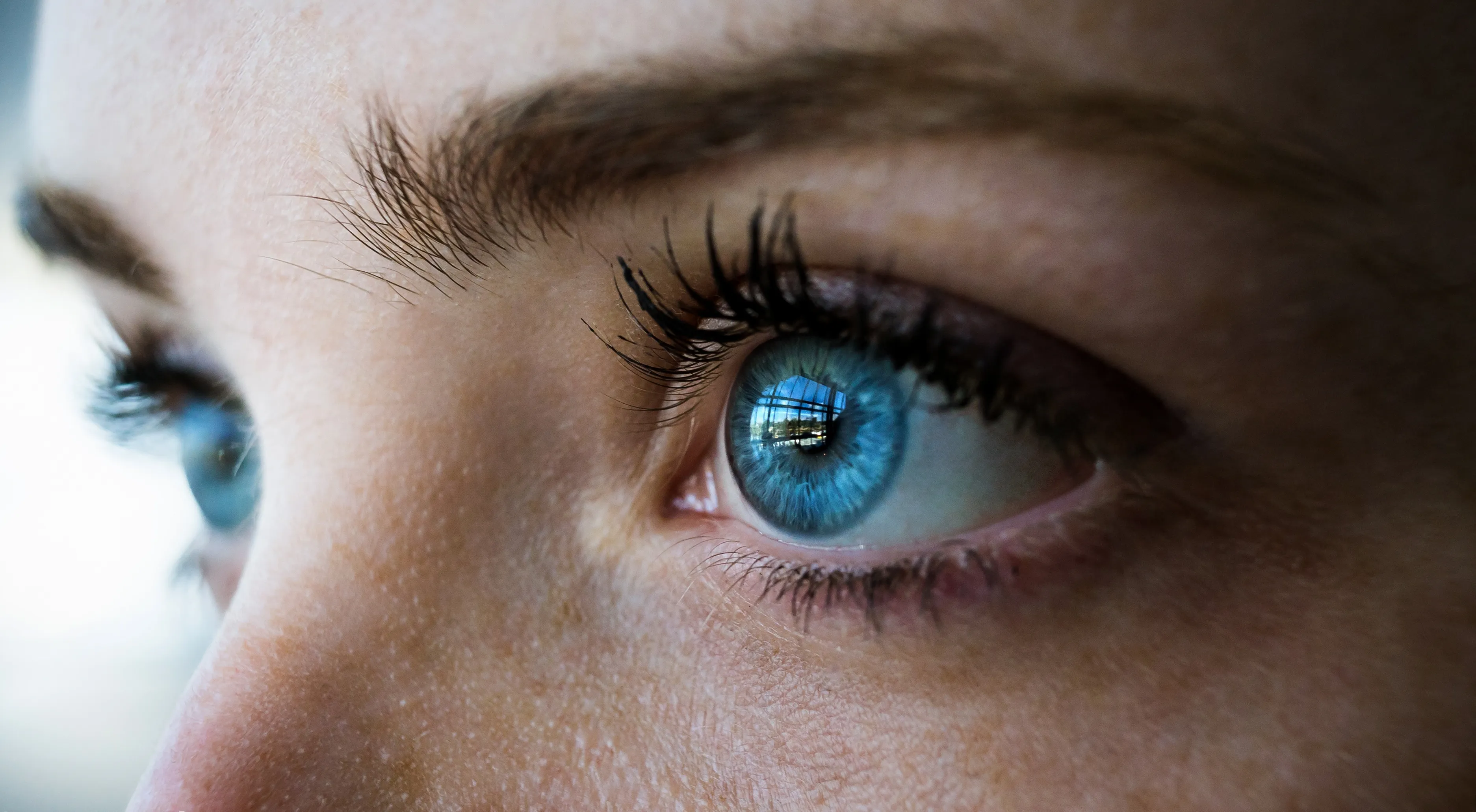Regardless of whether they have diagnosed it with type 1 or type 2 diabetes, or that it is careful of a person with diabetes, you will know that controlling the condition requires diligence.Although feeding well and exercising are priority measures, there are other aspects of your health that are also important, for example, your vision.
According to the American Diabetes Association, approximately 34.2 million people live with diabetes in the United States.People with diabetes run an increased risk of confronting eye problems such as diabetic retinopathy (RD), and a more serious condition called Diabetic Macular Edema (EMD).Both conditions can cause vision loss if they are not given.
As November is the month of awareness of diabetes, and the month of awareness of diabetic ocular disease, Eye Health experts of Genentech offer you five vital data that you must know about diabetes and loss of vision:
1. Diabetes is one of the main causes of blindness
Did you know that diabetes is the main cause of new cases of blindness in adults from 20 to 74 years?The high level of blood sugar damages the blood vessels of the retina located on the back of the eye.Blood sugar out of control can lead to EMD, which can cause loss of vision.
2. EMD progresses in stages
The term "macular" refers to the macula, which is the central portion of the retina and the part of the eye responsible for the central vision.For its part, "edema" is equivalent to the inflammation of the tissues caused by fluid filtration.The EMD occurs when damaged blood vessels lose fluid and cause inflammation, which clounts the vision.
People with type 1 or type 2 diabetes run the risk of having diabetic ocular disease.The risk of contracting EMD is closely linked to the amount of time a patient has lived with diabetes, and the severity of the RD he is experiencing.If the RD worsens, the eye can begin to form new abnormal blood vessels on the retina, which could be easily broken and bleed, causing severe loss of vision and even blindness.While the EMD can occur at any stage of the RD, it is more likely to appear to the extent that the RD progresses.Poor blood sugar control also increases EMD risk.
3. Diabetic eye disease could be asymptomatic
The EMD does not appear overnight.It is possible that one has subtle or none symptoms, especially at the beginning.
However, it is important to take into account the changes in your vision and talk to your doctor immediately if you notice something different.The EMD can cause blurred vision, color fading, mydesopsy (small spots, points, circles, lines or cobwebs in their field of vision) and double vision.
To diagnose the EMD, the doctor will perform a complete ocular exam composed of a visual acuity test, where the smallest letters you can read in a table is determined;an ocular examination with dilation of the pupils in which drops are placed in the eyes to widen them and thus detect signs of the disease;Image tests;and a pressure check inside the eye.
4. Vision complications because of diabetes are more common than I could imagine
In the United States, the RD affects almost 7.8 million people, and the EMD to 750,000.Many patients fight to control diabetes and their complications, and there is nothing to be ashamed for doing so.And although many people have diabetic eye disease, there are treatment options available to improve or conserve their vision.
5. There are prevention and treatment options
If you have diabetes, one of the best measures you can take for well -beingIt is to take regular exams, and inform your medical or ophthalmologist service provider if you have changes in your vision.In addition, if necessary, you must control blood sugar, blood pressure and cholesterol through diet, exercise and prescription medications.There are treatment options to delay or stop the loss of vision if a diabetic ocular disease is diagnosed, and if it is already being treated with medications, do not stop taking them to preserve their vision!
The care of your eyes is solely to the maintenance of your independence.It means witnessing all the things that make life beautiful.Thanks to innovations in ocular care and treatment, there is more hope than ever.


